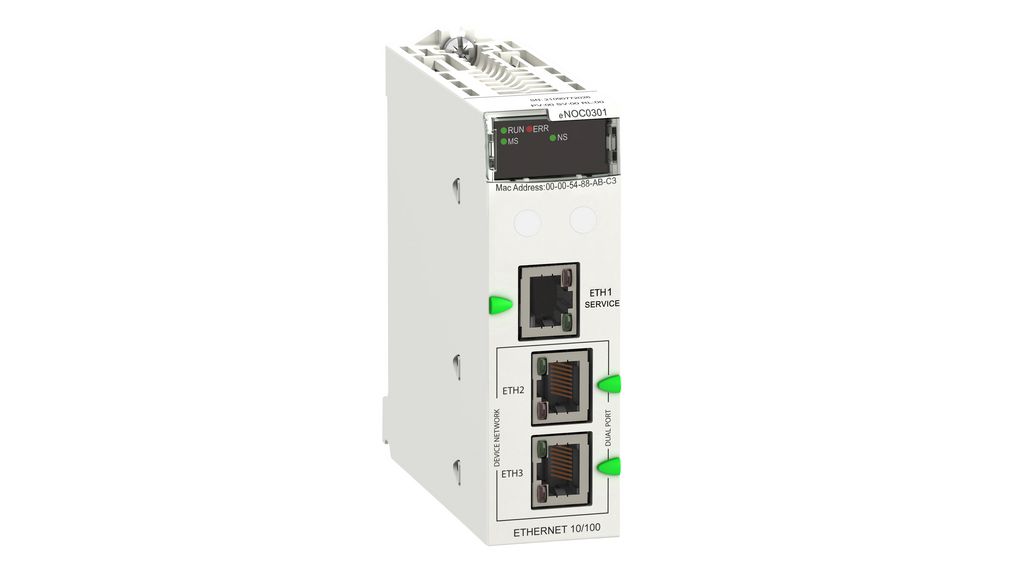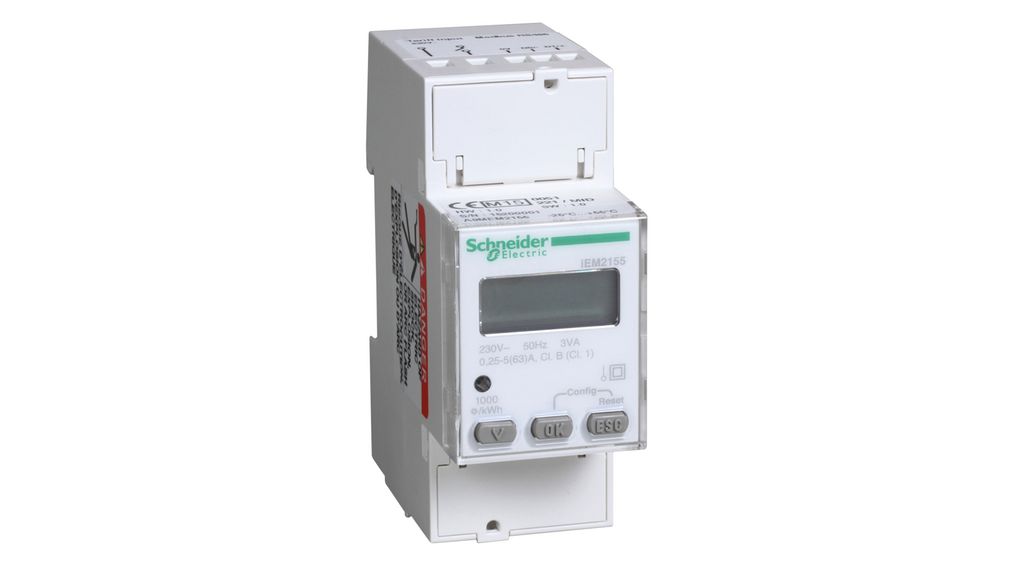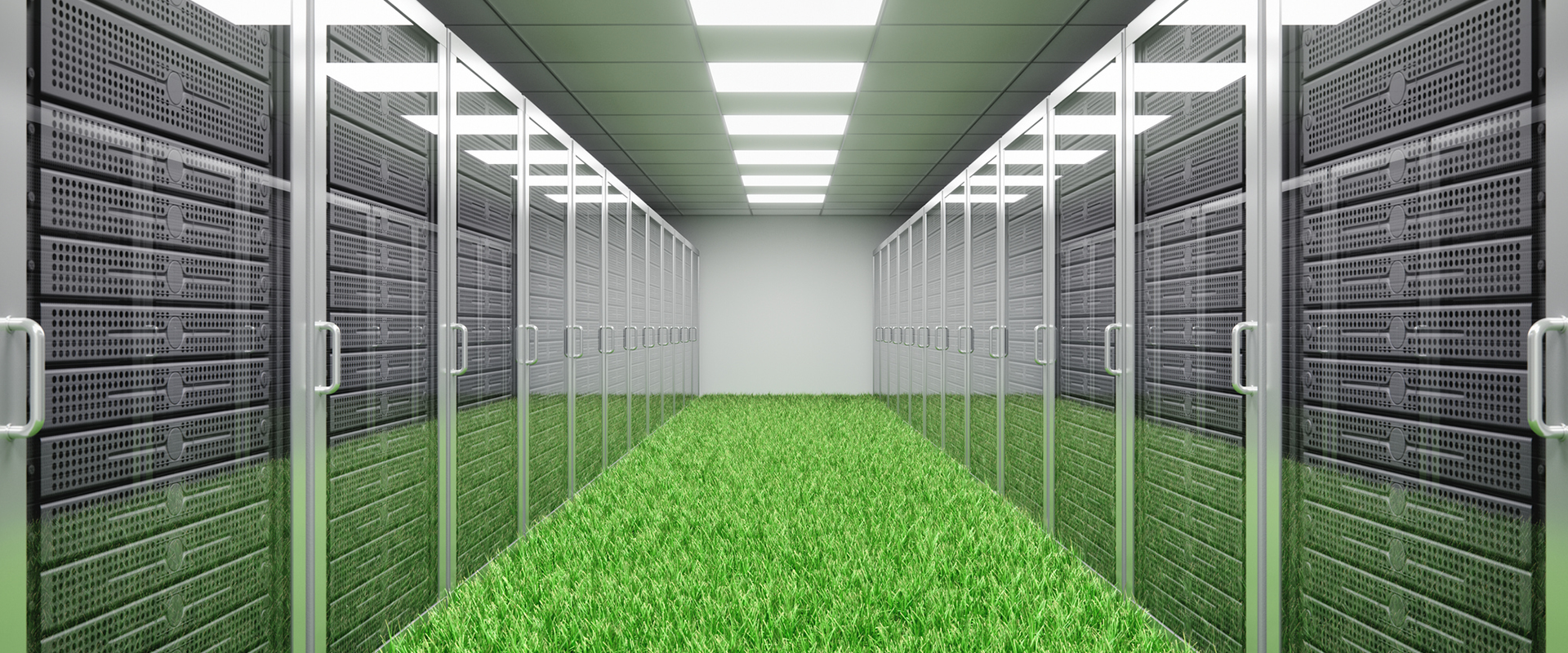As per EUCP (European Climate Prediction System), the Earth is presently roughly 1.1°C warmer than it was in the late 1800s as a result of human activities, mainly fossil fuel. According to various estimates, data centres use about 2% of the energy consumed worldwide, which is about similar to the aviation sector. Therefore, companies, organisations and society have to be prepared to know how to respond to what can come.
One company that focuses on data centres and provides sustainable solutions is Schneider Electric. With dedicated articles, they provide advice and instructions (among others, in their blog) for businesses and organisations to create a sustainable environment. If you want to discover some of them, keep reading.
Sustainability in Data Centre
Sustainability is both a main focus and a trend for companies, with an aim to reach net-zero emissions by the year 2050. The goal also concerns the data centre colocation providers and their tenants. Therefore, data centres have to be designed or upgraded according to energy conservation (water conservation, land & biodiversity, waste recycling), energy efficiency and renewable energy sources (renewable energy supply, greenhouse gas [GHG] emissions).
Implementations, such as sustainable processing computer hardware, uninterruptible power supply (UPS) and cooling infrastructure (transformerless, higher-voltage equipment, fully submerged liquid cooling, etc.) are helping colocation providers contribute to a better environment, as well as attract new customers and investors. Countries and organisations execute emissions trading programmes, new environmental government rules and invest in clean energy sources but also come up with solutions to satisfy new customers’ demands.
Green building technology is emerging as a popular solution to lower emissions associated with buildings. According to the IEA report, these emissions can be reduced by up to 70% by 2050 as a result of increased energy efficiency and electrification.
Challenges in keeping data centres sustainable
Despite significant progress in designing, building, and running sustainable data centres it is still a little bit difficult to design them fully sustainable. Therefore, we showcase below some of the challenges that the data centre industry has to face.

- Optimised energy consumption
For years, the biggest internet data centres, like Microsoft, Facebook, Google, and Amazon, were striving for ‘green’ energy solutions and currently, their PUE (Power Usage Effectiveness) counted as low as 1.1, compared to average annual PUE of large data centres with 2.5 in the past, dropping to 1.59, according to Schneider Electric source.
But it is not only in big tech companies’ interest to optimise data centre energy. Even though it is one of the biggest global challenges, bigger and smaller companies have started focusing not only on reporting sustainability measures but also other improvements, like efficient data storage measures, reduction of energy waste using UPS systems or PDUs (power distribution units), selecting a sustainable colocation facility and investing in energy-efficiency training for employees.
- Efficient cooling solutions
One of the challenges for data centre colocation providers is to operate data centres at low temperatures (data centre cooling). Efficiency is one of the key focuses for energy-saving data centre technologies, followed by solutions like immersion cooling, energy-efficient commercial chiller equipment that cools the ambient air within a data centre, efficient data storage measures, or in-rack/ in-row cooling. There is a long list of improvements from different categories: HVAC, AirFlow Management or IT and Power Infrastructure. All departments should focus on searching for solutions that can improve the energy saving measure and contribute to the efficient cooling in the data centre.
- Sustainability monitoring
Applying energy and sustainability monitoring and reporting software is becoming essential. You might consider investing in AI-powered monitoring tools or automation controllers that are common in smart facilities management. PLC systems and other controllers make it easy to gather and send operational data to enable machine learning and optimization on the edge with rapid and accurate control by synchronising all EtherCAT devices, such as vision sensors, servo drives, and field devices, and anomaly identification by visualising error sites.
For instance, Schneider Electric high-end Modicon M580 ePAC controller is designed for the industrial IoT, offering connectivity capabilities to let businesses respond quicker to information requests in a secure and private setting. It gives an open, transparent system that is completely coherent, safe, and stable, making it the perfect choice for today’s dynamic market.

Schneider Electric also has a range of Acti9 energy meters to help to measure and control energy within data centres. They reduce operating costs and boost power efficiency, making them ideal for cost allocation and sub-billing applications. The Acti9 series’ connection to power management software enables the use of the IoT digital power installation’s full potential.

Similarly, from the Distrelec webshop you can purchase all other distributed and remote I/O modules that are essential in any industrial data centres.

Another solution is cloud-based architecture as industrial automation and cloud architecture go together and enable safe data acquisition and transfer to any storage locations. With cloud-based solutions, it can be easier to safely and securely collect relevant data in one centralised location. Schneider Electric EcoStruxure is a software for monitoring and reporting on energy and sustainability that can be used to accelerate decision-making and progress toward sustainability goals while also reducing carbon emissions, saving energy, and improving efficiency across the entire enterprise.
How to shift into a sustainable data centre
In order to obtain a sustainable data centre, it is crucial to start with planning the data infrastructure in a new manner focused on net zero carbon. Data centre sustainable management might be difficult, but with the help of companies like Schneider Electric, which is one of the largest global consultants for renewable energy and one of the industry leaders in sustainable technology, it can be easier.
4 Key Drivers of Sustainable Data Centres
With the focus on sustainability, service providers can meet their customers’ demands easier than trying to attract buyers and investors without such solutions. It is not only about reporting on sustainability but also acting environmentally responsible. Besides, sustainability brings advantages to businesses, such as enhancing brand value, satisfying customer demands, boosting productivity, drawing in more skilled employees, and opening up new prospects. Find out more by exploring Schneider Electric’s four main factors that push data centre colocation providers to give environmental sustainability a priority:
- Colocation tenant requirements
- Government regulations
- Business value
- ESG investment
Colocation tenant requirements
Tenants are the customers/ organisations that rent space to host their data. According to Schneider Electric, more often, they choose providers that contribute to reducing carbon dioxide emissions. They have some requirements and can ask data centre owners to issue sustainability programs or plans which include information about alternatives to diesel, like natural gas generators, fuel cells, etc. Depending on how tech-savvy the tenants are, they might seek advanced technology solutions to monitor and generate sustainability reports.
They can also ask for circular economy practices, such as recycling programs to know where to dispose of products, like batteries, older servers, etc., in the multi-tenant data centres (MTDC). Therefore, it is in the colocation providers’ business to provide sustainable solutions. For instance, as per Data Centre Knowledge, Microsoft plans to increase server component reuse by 90% by 2025.
Government regulations
In today’s business climate, sustainability is essential; thus, it is not surprising that sustainable data centres have attracted governments and climate organisations. A lot of countries focus on changing requirements to reduce the carbon footprint impact and improve the climate. Check out our index to see which countries are ready for the energy transition.
Schneider Electric admits that companies that do not comply with the new regulations provided by organisations and governments might even lose their licences to operate. Therefore, companies need to use less refrigerants in the HVAC systems, as they are the main source of greenhouse gas emissions. Another one is Sulphur hexafluoride (SF), a popular insulation gas for arc extinguishing that is used in electrical systems. A ban on SF in Europe is supposed to take place in 2025-2030. Hence producers are developing new SF-free switchgear that uses air to eliminate GHG emissions.
Business value
Sustainability is one of the most important methods that companies and organisations are shifting to in order to improve the environment, but also strengthen brand value and gain reputation. From a marketing point of view, it is also a trigger to invite more customers and investors.
Sustainability can reduce costs as an investment in renewable energy sources like solar and wind or implementing microgrids can contribute to some energy savings. In data centres, the consumption of energy is much higher than in some other sectors, and onsite installation of renewables often only covers a small portion of the overall electricity needs, but it still has a positive impact. Thus investments into different sustainable technologies, like cooling (blanking panels, hot aisle air containment) and warmer chilled water supply temperature, might be worth more attention than the more widely known solutions. For example, as Schneider Electric noticed, implementing air containment can reduce the yearly PUE by 15% and reduce the cost of energy for the cooling system by 43%.
Other initiatives focus on investment into more innovative solutions, such as high-efficiency UPS. From APC by Schneider Electric, there are different types of UPSs, for instance, smartConnect-enabled PC Smart-UPS, that provide basic to scalable runtime and intelligent and effective network power protection. They are ideal for servers, POS, routers, switches, hubs, and other network equipment.

Other new technologies worth focusing on are trim chiller cooling systems, li-ion batteries and other advanced technologies, like liquid cooling and energy reuse systems and hydrogen fuel cells. Read more about sustainability in industrial automation here.
ESG investment
The last thing that Schneider Electric brought to the fore is ESG investment, by saying that ‘directly aligning a business to ESG initiatives opens up investment capital and investment focus’. For investors, sustainability is the main focus, and as per ESG Today, public companies are adopting sustainability in their operating and reporting strategies.
Depending on countries and regions, governments support a sustainable attitude and provide grants, loans, tax relief or other initiatives to support businesses in the use of less energy and reducing the carbon footprint. On the other hand, companies without any sustainable developments might pay higher taxes and even penalties for using old equipment, etc.
Conclusion
It has never been more crucial to focus on the environment than now when there are still changes that can be made to protect global ecosystems and support health and well-being. We need to act now to address the causes of climate change and resource depletion to positively influence the earth’s climate for the future.
Schneider Electric is one of the world’s most sustainable companies, with its flagship brand – APC, providing a clean solution that improves the IT and data centres infrastructures. To find out more about Schneider Electric solutions and get in-depth advice on how to contribute to a sustainable data centre, watch the video below or go directly to the Distrelec webshop to find more sustainable products for data centres.











